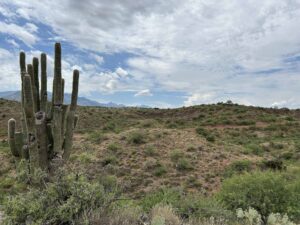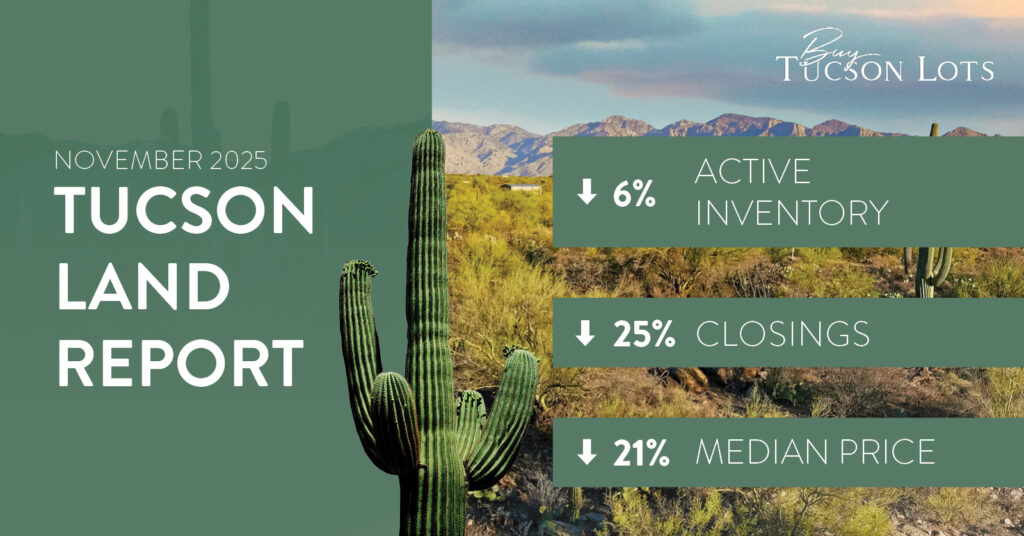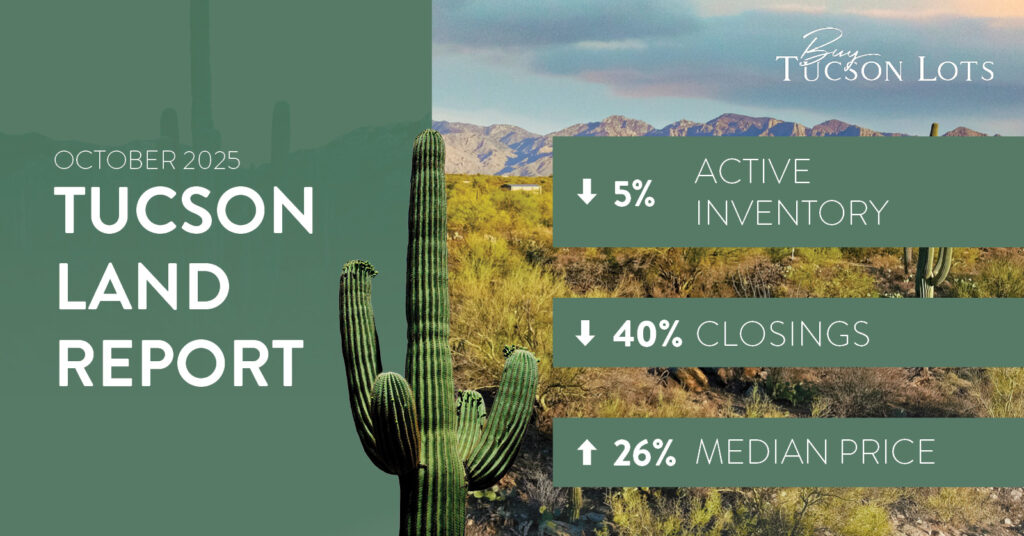In Arizona, cacti are not only a part of the landscape but can become a gorgeous accent to your home’s yard. These low maintenance plants are ideal for Arizona’s dry climate, and with a variety of options, your layout of cacti can offer beautiful blooms or simple stateliness. Some cacti are even edible or grow fruit that can be used in jams or candies. Cacti are native only in the Western Hemisphere from Alaska to Chile.
Not sure what cacti fit the look of your home? Keep reading to discover some of the best cacti to have!
Beavertail Cactus
One of the most recognized types of cacti, this prickly pear cactus has blue-green pads and grows almost 2 feet high. It can also grow to be six feet wide. When in bloom, the Beavertail Cactus has dark pink flowers that release a watermelon-like scent. Expect the flowers to bloom from late winter to early summer.
Blue Flame Cactus
Also known as bilberry cactus, whortleberry, and garambullo, the Blue Flame Cactus grows to heights of 13 feet and widths of 8 to 12 feet! It can be recognized for its upright candelabra shape, blue-green color, and purple fruit that seems like a cross between a cranberry and blueberry. In its natural habitat, it can reach heights of 30 feet. Meanwhile, crested species of the blue flame cactus tend to be smaller. This stately cactus is perfect as a focal point for a front yard or back garden.
Candelabra Cactus
A more delicate cactus, the Candelabra Cactus flaunts bright white cup-shaped flowers throughout the day. Growing to a height and width of 10 feet, this cactus is comfortable on all types of terrain, whether flat or sloped. Fruit from this cactus is edible but acidic.
Claret Cup Cactus
Also called hedgehog, kingcup cactus, and Mojave mound cactus, the Claret Cup Cactus can grow up to 3 feet high and 6 feet wide. Bright red flowers adorn this cactus in the spring, and its bright orange fruit is sweet and often compared to strawberries. This round-shaped cactus is a cute addition to any yard.
Golden Ball Cactus
This portly cactus has also been called yellow tower and lemon ball cactus. Only growing about 3 feet tall, the Golden Ball Cactus blooms with bright yellow flowers that have harmless but long spines. The golden ball cacti often form clusters and can be a great choice for fire-resistant landscaping.
Strawberry Hedgehog Cactus
Known by many names, the strawberry hedgehog cactus has large spines covering its surface and looks especially sharp. These small cacti have free-branching clusters or mounds of stems. Growing to about 28 inches tall, the cactus blooms with giant purple-magenta flowers in the spring. This cactus pairs well with succulents and wildflowers.
Mexican Fence Post Cactus
With heights of 16 feet and stems with a diameter of 3-8 inches, the Mexican fence post cactus is often used as a living barrier along property borders. This cactus responds well to frequent watering during hot temperatures. In mid- to late spring, reddish-pink flowers grow along the cactus’ ribs. The stately and columnar cactus can be planted alongside a colorful fence or wall or be standalone.
Mammillaria Polyedra
The Mammillaria cacti boast over 300 species with most being native to Mexico. However, this species can also be found in the southwestern United States, the Caribbean, Central America, and South America. Growing up to 12 inches tall and 5 inches wide, the mammillaria polyedra starts as one plant that eventually forms dense clusters. When it flowers, the blooms are pink and about 1 inch long.
Orchid Cactus
Native to the tropics of the Americas, the orchid cacti can grow super long to lengths as long as 225 feet. But this requires the right type of climate and conditions. While the plant is a cactus, it visually shares few characteristics with cacti with very few spines and less dense shoots. The cactus is known for its gorgeous 4-inch blooms that burst forth in pinks, reds, whites, oranges, and yellows.
Peanut Cactus
The peanut cactus is a low-growing and cylindrical cactus that blooms from spring to early summer. It grows to about 12 inches tall. The vase-shaped red flowers are a pretty pop of color against the muted green of the cactus. Preferring shallow containers or rock gardens, the peanut cactus is easy to propagate.
Saguaro
A familiar sight in Arizona and one of the most iconic cacti in the world, the saguaro are columnar, tall, and branching. It’s also known as the sahuaro, sage of the desert, and giant cactus. The least resistant to cold, the saguaro is also a slower grower and can take more than 100 years to reach its full height, which can be anything between 30 to 52 feet. Greenish-white flowers bloom at night in late spring and early summer.
Star Cactus
Growing 12 to 39 inches tall and 6 to 12 inches wide, the star cactus is identified by its ribs that twist into spirals. With striking yellow-brown spines, the green bodied cactus blooms with shiny yellow flowers in the center of the plant. Its fruit grows in a star pattern.
Teddy Bear Cholla Cactus
This golden fuzzy cactus has super dense hooked spines, so don’t touch it. The teddy bear cholla cactus grows to about 6 feet tall and 4 feet wide. Flowers bloom yellowish-green. Tree-like or shrub-like, this cactus can be a nice compliment to wildflowers and rock gardens.
Creating your own desert landscape or garden requires planning. After all, cactus plants do not do well with lots of water so they shouldn’t be near a pool of water. Cacti flourish in certain outdoor landscaping or indoor container pots. No matter what you decide, cacti can be an easy way to add to your home’s landscaping.
Seeking your own lot of land to build the home of your dreams with the stunning cacti landscaping? Reach out today with an email to rick@buytusconlots.com to find out what land matches your wants and needs!







